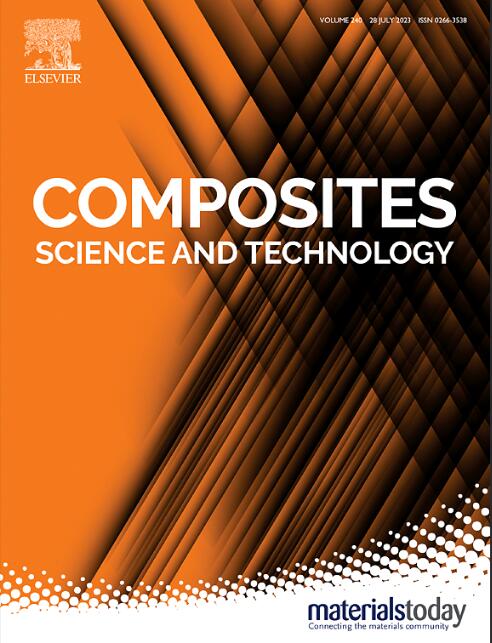Deep learning accelerates reverse design of Magnetorheological elastomer
IF 8.3
1区 材料科学
Q1 MATERIALS SCIENCE, COMPOSITES
引用次数: 0
Abstract
Magnetorheological elastomers (MREs) are intelligent materials with tunable properties under magnetic fields, offering broad applications. Our previous work [1] finely designed artificial intelligence model to characterize the magnetic-induced storage modulus of MRE accurately but relied on manual expertise for reverse design. A deep learning framework that integrates generators and predictors was developed to provide a fast and accurate material proportioning solution for MRE synthesis. First, 16 types of MREs were prepared and their storage moduli were tested. The results indicate that an increase in iron powder content enhances the modulus of MRE, while silicone oil acts as a slack agent, making MRE softer. Second, a predictor generator framework was developed to achieve the modulus prediction and reverse design of the MRE. The predictor utilized the magnetic dipole theory as a physical constraint to accurately predict the storage modulus of MREs (R2 = 0.9967). The generator quickly generated material ratios that matched the required storage modulus within 0.02 s while achieving high precision (R2 = 0.9882). Finally, the challenge of generating unstable solutions in the reverse design was addressed by optimizing the loss function. As an innovative tool, the proposed framework holds potential for applications in industrial fields such as vibration control and soft machinery. Moreover, this framework has brought unprecedented convenience to non-professional researchers, enabling them to apply it to industrial production and accelerate the commercialization of MREs.

求助全文
约1分钟内获得全文
求助全文
来源期刊

Composites Science and Technology
工程技术-材料科学:复合
CiteScore
16.20
自引率
9.90%
发文量
611
审稿时长
33 days
期刊介绍:
Composites Science and Technology publishes refereed original articles on the fundamental and applied science of engineering composites. The focus of this journal is on polymeric matrix composites with reinforcements/fillers ranging from nano- to macro-scale. CSTE encourages manuscripts reporting unique, innovative contributions to the physics, chemistry, materials science and applied mechanics aspects of advanced composites.
Besides traditional fiber reinforced composites, novel composites with significant potential for engineering applications are encouraged.
 求助内容:
求助内容: 应助结果提醒方式:
应助结果提醒方式:


